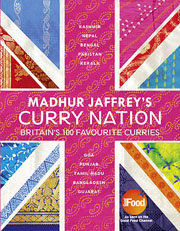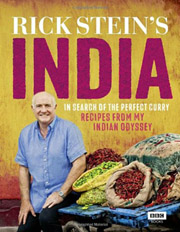History of Chili Peppers
There is no conclusive proof that shows from where the chilli pepper originated. Either South America or India seem the most likely, with most favoring either Central or South America. There is documented evidence that chillies were discovered in archaeological digs from sites in Ecuador that showed that ancient people had domesticated chilli plants over 6,000 years ago.
Many believe that Columbus was the first to bring them to Europe (from his second voyage), who before then had never encountered a food stuff with such a kick! Columbus is supposed to have called them peppers due to their similarity in taste and heat production to what we know today as black pepper (despite them being from a completely different species of plant). With the help of other explorers at the time their popularity spread like wild fire around the world and shortly afterward they were being grown all over the world.
Other historians argue that chillies originated in Spain from where it was taken by Spanish explorers to India’s western region of Goa. Goa was a Portuguese colony and some argue that it is from here that Europe brought the chillie to India, as opposed to the other way round!
Species of Chillies
There are five main varieties of chilli:
Capsicum annum
These are the most commonly cultivated species and includes varieties such as the Bell pepper, Jalapeno & Cayenne. Their name is a bit misleading as in fact they are perennials, and with abit of care ands attention can be overwintered.
Capsicum frutescens
These are smaller bushy plants, the most popular variety of which is tabasco (the main ingredient of the famous sauce)! The pods are usually quite samll, prolific in number and grow ‘upside down’ or pointing upwards!
Capsicum chinense
The name of these plants is derived from their supposed country of origination, China, though many believe they originated from South America. Their fruits are usually rounded in shape and more often than not very hot. The most common varieties are the Habenero and Scotch Bonnet.
Capsicum pubescens
These are quite rare but can be easily be distinguished by their purple flowers. The pear shaped fruits are perfectly edible though they can be tricky to grow.
Capsicum baccatum
These plants (also known as Ajis) tend to produce smaller berry like fruit but tend to be fast growing and fairly easy to grow.
Popularity of Chillies
Increased migration, cheaper global travel, globalisation have all contributed towards bringing ‘ethnic food’ (whatever that may mean!) into the mainstream in westernised countries such as the UK. Many supermarkets now regularly many varieties of fresh chillies. Birds eye’s, scotch bonnets, habenero’s are all fairly easily found. If you can’t find them in your supermarket then try you local indian/chinese/caribbean shop.
More recently many people that a few years ago had not even eaten are chillie are now cooking with them, in art thanks to their popularization from celebrity TV chefs such as Jamie Oliver and Hugh Fernly-Whittingstall. The net result is not only are more and more people taking an intrest in and cooking with chillies, people are even going as far as growing them at home.
Nutritional Benefits of Chillies
Chillies, just like their blander cousins peppers, contain a very high amount of vitamin C and vitamin A. To get the most vitamin boost you need to wait for the chillies to ripen from green, through to orange and red. As they do their sweetness increases, a sure sign too that their vitamin content has also risen. In addition chillies have high amounts of other minerals such as potassium, magnesium and iron. Check out our article on the health benefits of chillies for more details.





